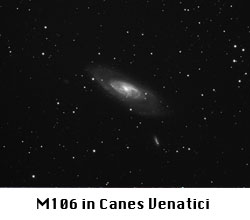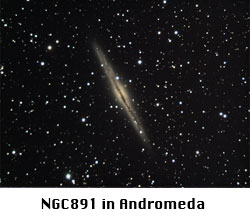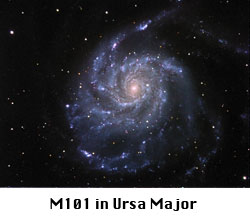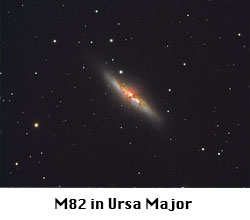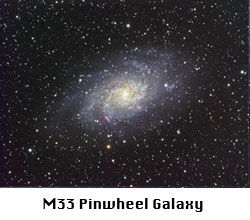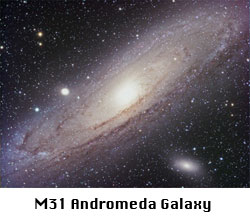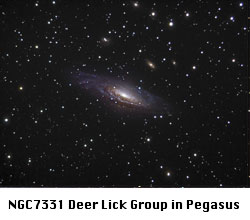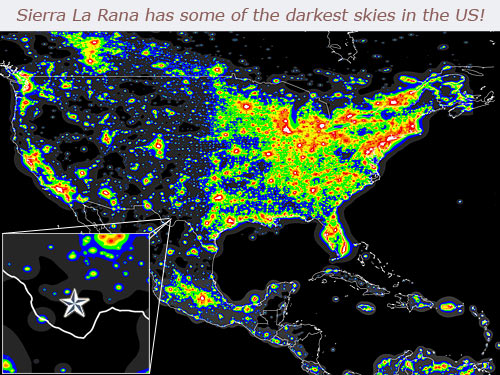Star Gazing
At Sierra la Rana you can view stars from horizon to horizon. Our tracks are ideally suited for astronomers and star gazing. We are certified as a “Dark Sky Community” with the International Dark Sky Association. We have a “Common Astronomy Area” that has telescope “pad sites” with electricity. A large number of astronomers and amateur astronomers live in and around Sierra la Rana. Follow our Sierra La Rana Facebook page for time and date of our next Star Party and make plans to attend. This is a great time to network with likeminded people, compare equipment and learn from some of the areas most passionate star gazers from beginners to those with decades of experience. Come join our community.
Dark Skies
Sierra la Rana has achieved the Development of Distinction Award by the IDA!
At Sierra la Rana you can view stars from horizon to horizon. Our tracks are ideally suited for astronomers and star gazing. We are preparing our documentation to become certified as a “Dark Sky Community” with the International Dark Sky Association and selecting portions of the property as an Astronomy Community with even more stringent lighting restrictions. We are working on a “Common Astronomy Area” concept that will have telescope “pad sites” with electricity and a control room-warming cottage with wireless internet access. A large number of astronomers and amateur astronomers live in and around Sierra la Rana. Come join our community.
Images Copyright © Richard McCoy
West of the Pecos the night skies have long been an iconic element of the landscape, a tradition that dates back centuries to the days of the dreaded Comanche Moon. More recently, the nighttime vistas have been the subject of endless scrutiny by astronomers just 17 miles north of Fort Davis at the world renowned University of Texas McDonald Observatory atop 6,800-foot Mount Locke. Located far from the lights of larger cities and the clouds of coastal Texas, the observatory has four research telescopes and state-of-the-art instrumentation for imaging and spectroscopy.
These same reasons have enticed thousands of amateur as well as a good number of professional astronomers to the Texas Star Party, an annual gathering in the Davis Mountains that got its start in 1979 when the Austin Astronomical Society joined forces with the observatory. Held in late April or early May, the Texas Star Party has become so popular that it now ranks as one of the largest gatherings of astronomers in North America.
Alpine is listed as a Class 2: Typical truly dark site. At Sierra la Rana the limiting naked-eye magnitude is as faint as 7.0 while a 12.5″ telescope reaches to magnitude 16 or 17.
Sierra la Rana is actively engaged in an effort for Dark Skies throughout the Big Bend Region. Experience the Dark Skies of Sierra la Rana. We’ll keep the light off for you!
The Night Sky In the World (image above), provided by the Light Pollution Science and Technology Institute, uses sky brightness modeling techniques to display light pollution. As you can see, the Big Bend Region of Texas is a Dark Sky Zone.
The Clear Sky Chart is the astronomer’s forecast. It’s a prediction of when Sierra la Rana, TX, will have good weather for astronomical observing.
StarDate, the public education and outreach arm of the University of Texas McDonald Observatory. Stardate is a calendar of celestial events, and is the perfect skywatching companion for amateur astronomers or anyone interested in celestial events and space exploration.
